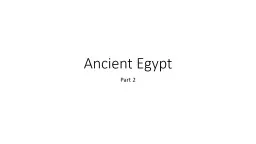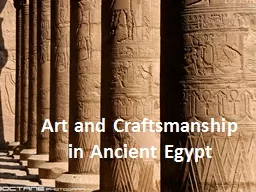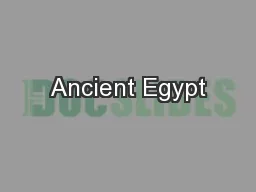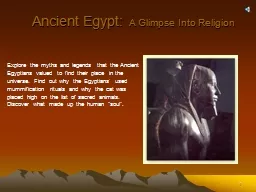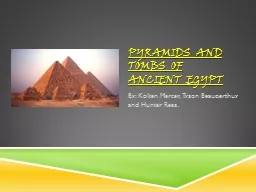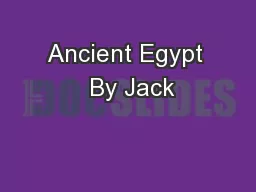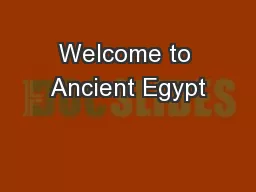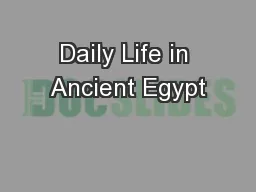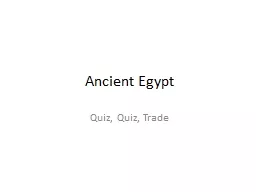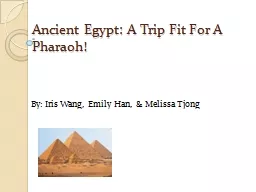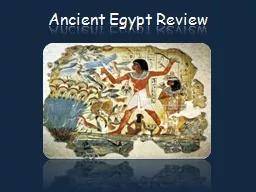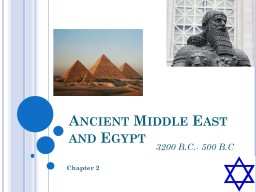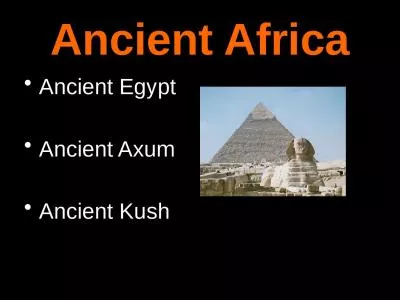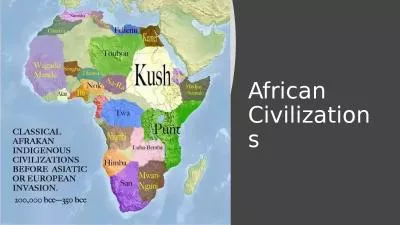PPT-Ancient Egypt Part 2 The Old Kingdom
Author : liane-varnes | Published Date : 2018-03-11
2700 BCE to 2200 BCE People saw their kings as gods Called a theocracy same person is the political AND religious leader King gave many responsibilities to a
Presentation Embed Code
Download Presentation
Download Presentation The PPT/PDF document "Ancient Egypt Part 2 The Old Kingdom" is the property of its rightful owner. Permission is granted to download and print the materials on this website for personal, non-commercial use only, and to display it on your personal computer provided you do not modify the materials and that you retain all copyright notices contained in the materials. By downloading content from our website, you accept the terms of this agreement.
Ancient Egypt Part 2 The Old Kingdom: Transcript
Download Rules Of Document
"Ancient Egypt Part 2 The Old Kingdom"The content belongs to its owner. You may download and print it for personal use, without modification, and keep all copyright notices. By downloading, you agree to these terms.
Related Documents

